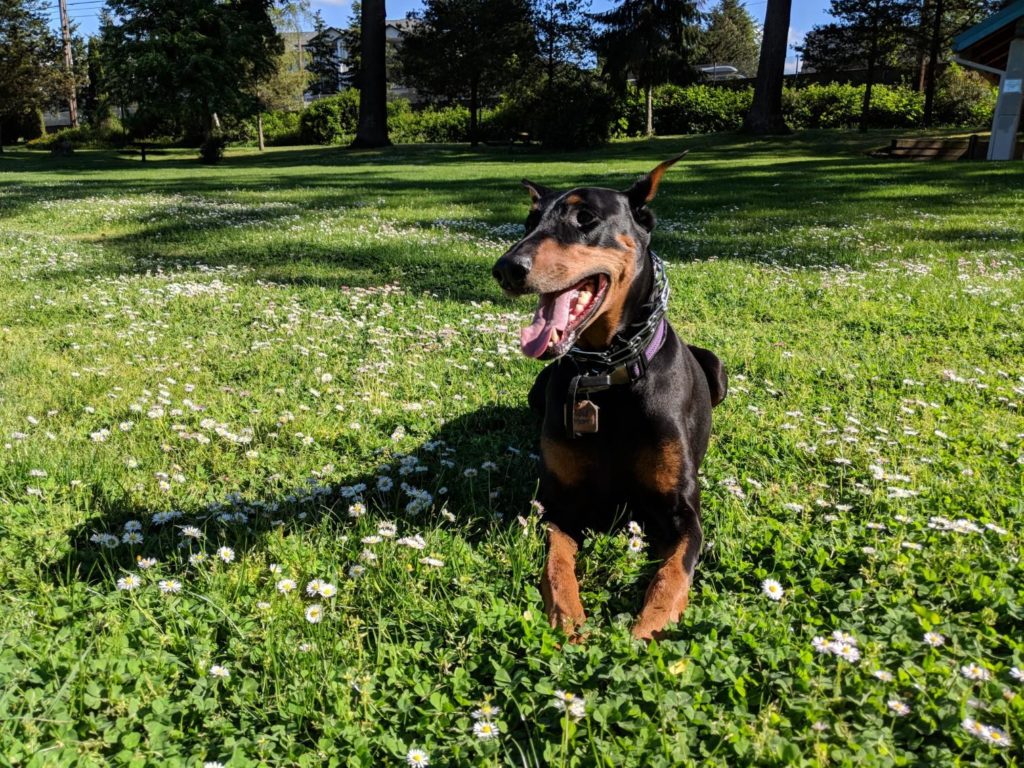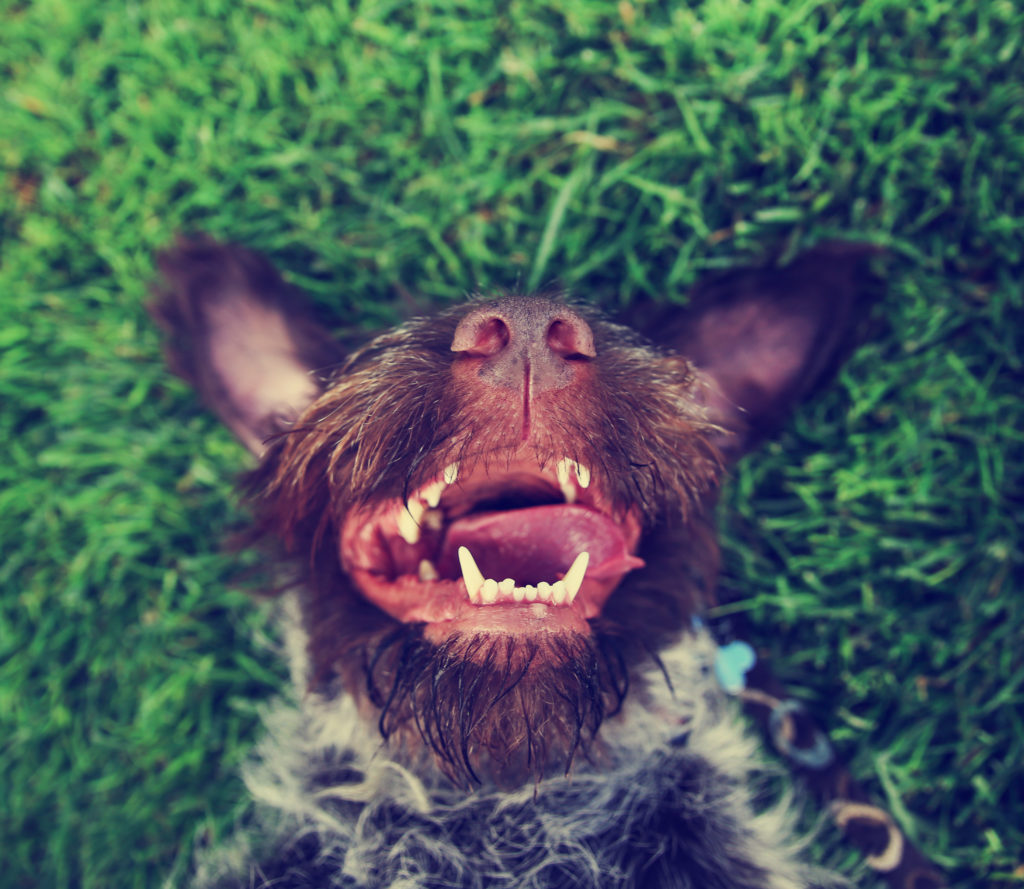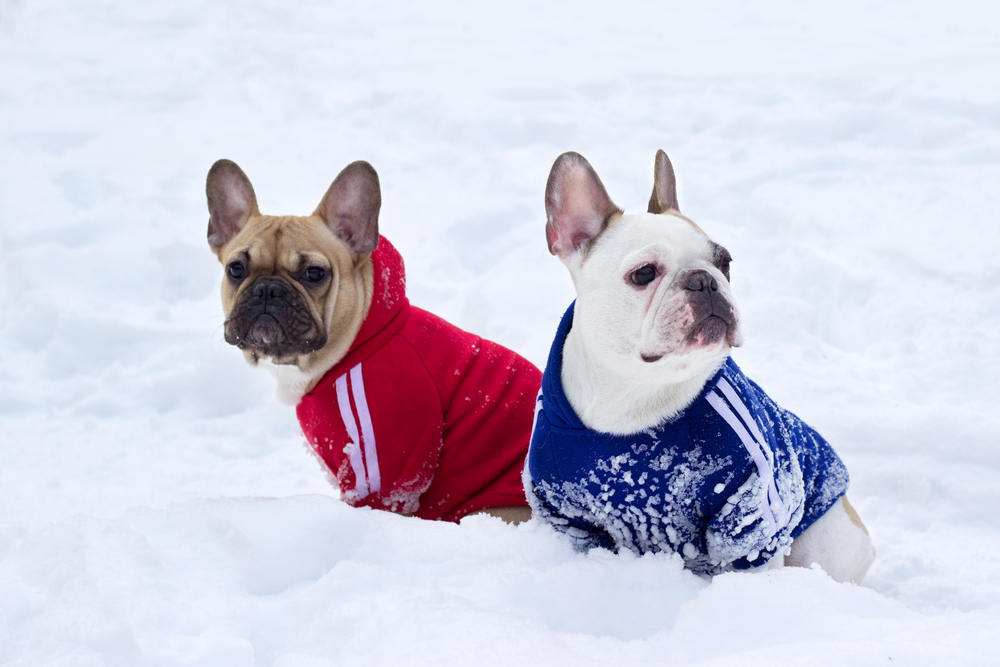How do you cool down your dog? With a pup-cicle!

All jokes aside, it’s getting hot this summer and it is important to recognize when our dogs need cooling down. We release heat all over our body so it is easy to dismiss the heat once we cool ourselves down; our dogs however can only release heat through their paws and by panting. It is […]
Dental Health 101 – 8 Signs of Pet Dental Disease

A part of any good physical exam, an oral assessment is an important window into your pet’s overall health. Pet dental disease and infections within the mouth can spread via the blood stream to other parts of the body. Good oral health is an important part of preventative care for your pet. Signs of dental […]
Even If It’s Sunny… 8 Cold Weather Tips For Your Pets

Yes, we are desperately awaiting the arrival of spring, but while we wait winter weather continues to brings it’s own set of challenges for our pets. While our pets wear their own coats, each of them has varying tolerance for the weather. Here are some tips to keep them safe for the remainder of the […]